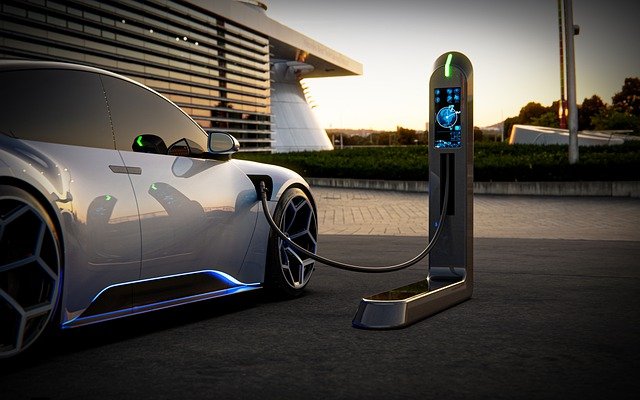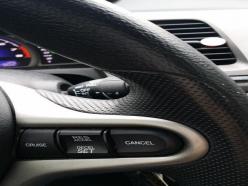The proposed merger between automotive companies Honda and Nissan represents a significant shift in the global automotive landscape. If actualized, it would create the world’s third-largest automaker, behind Toyota and Volkswagen, with a combined market value exceeding $50 billion. Discussions between Honda and Nissan are expected to conclude by June 2025, but it is thought that a new, merged entity would fall under a parent company listed on the Tokyo Stock Exchange, with Honda nominating most of the board members. It is projected that the new entity could generate $191.4 billion and an operating profit exceeding $19.1 billion.

The merger aims to address several key industry challenges through strategic collaboration. By standardizing vehicle platforms and integrating research and development, the companies expect to reduce development costs while accelerating innovation in electric vehicles (EVs) and intelligent driving systems. Honda’s operational effectiveness would complement Nissan’s expertise in SUVs and EV batteries, creating a more comprehensive product portfolio.
Manufacturing efficiency also stands to improve through streamlined production systems and integrated supply chains. The combined entity would offer a diverse range of vehicles, from traditional internal combustion engines to hybrid and fully electric models, meeting varied customer needs worldwide.
The timing of this merger aligns with the industry’s transition toward electric and autonomous vehicles. While immediate benefits include operational cost savings and enhanced market competitiveness, the partnership is viewed as a long-term strategic initiative, with significant results expected post-2030.
In key markets like India, the merger could strengthen their position against emerging competitors, particularly Chinese EV manufacturers. The combined resources would enable faster development of new technologies while spreading investment costs across a larger production base.
This strategic alliance reflects the broader trend of automotive consolidation as manufacturers seek to navigate the complex transition to electric mobility while maintaining competitiveness in an evolving global market.


